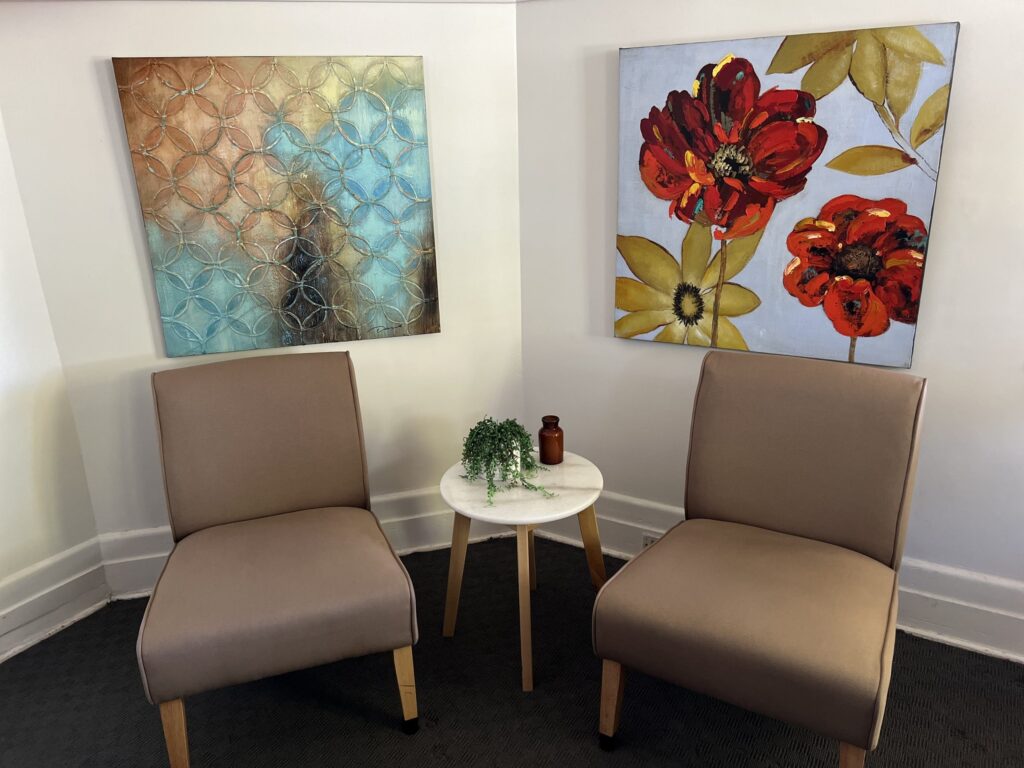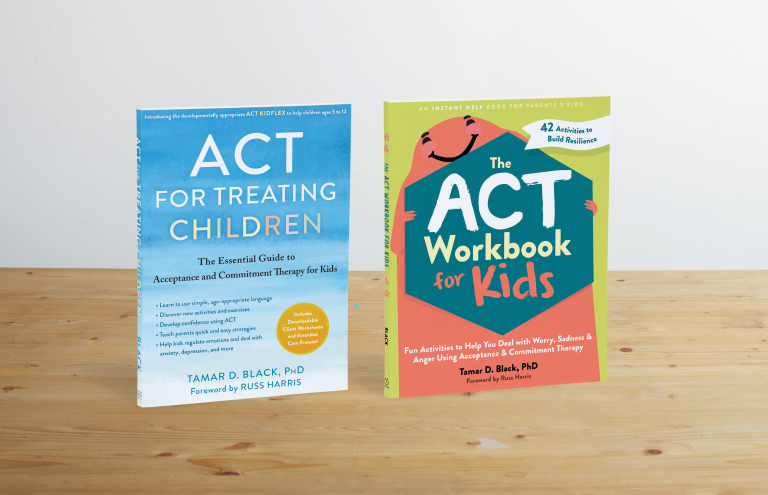
Counselling
Tamar's Approach
You might have put off or avoided seeking assistance for yourself or your child/adolescent.
It can be hard to ask for help, and talk about how you or your child/adolescent copes with life’s ups and downs.
Tamar is warm, kind, caring, and passionate and enthusiastic about helping people. She is committed to helping people develop more effective coping strategies quickly. This helps them start doing the things that are important to them, and achieve their goals.
What Happens in the First Session?
We will discuss the problem or difficulty and what it’s stopping you (or your child/adolescent) from doing or achieving. Together, we will develop goals for counselling, and Tamar will come up with a plan for how she is going to help you (or your child/adolescent).
Where Your Child/Adolescent is the Client
Tamar recommends that a parent comes into the consulting room for the first appointment (at least for the first part). In this session, she will take a history of the problem or difficulty. This helps parents, children/adolescents and Tamar to all be clear about what the child/adolescent requires assistance for. Some children/adolescents ask their parent to leave the room after the history taking is complete. Others are happy for their parent to remain in the room for the entire session. Letting the child/adolescent decide this often empowers the child and helps them feel more comfortable.
If the parent does not attend the sessions, where appropriate, Tamar provides feedback to parents with the child/adolescent present. This includes strategies for the child to use at home. Sometimes this includes strategies for parents. The more the skills are practiced in between sessions, the better (and often the quicker) the outcome is likely to be.
To get an idea of how Tamar works, please download her free STAY HERE EBooklet. which she developed for parents and is applicable to many situations.
What is Acceptance and Commitment Therapy (ACT)?
ACT doesn’t try to change the way you think. Instead, we can let our thoughts, feelings, memories, urges and sensations be. Letting go of unhelpful thoughts, feelings and memories and being present helps us. By identifying what really matters to you, you can start moving towards how you want to live your life.
ACT and CBT are similar in many ways, but CBT focuses on changing thoughts, and replacing thoughts with positive thoughts. Whilst this might get rid of your thoughts temporarily, the thoughts might return, and you may feel that you can’t do the things that you want or need to do. Examples are going to school or university, attending parties, sporting activities or performing in front of an audience.
Our thoughts aren’t necessarily rational or true. When we believe everything our mind tell us, we can have difficulty coping. Instead of trying to change our thoughts, we can change our reactions so we don’t miss out on things we care about.
ACT has a large, scientifically measured evidence base for use with children, adolescents and adults for a wide range of issues. Tamar uses ACT in her own life, and with her family and children. In fact, she is so passionate about ACT that she completed her Doctor of Philosophy (Ph.D.) in it! This study investigated the effectiveness of ACT versus CBT as a compulsory part of school curricula. It is the first study to compare ACT to CBT in schools.
Tamar wrote ACT FOR TREATING CHILDREN (New Harbinger Publications, 2022), this is the first book about using ACT with children 5-12 years for mental health practitioners. This book is being used around the world and published in 11 languages. Tamar wrote THE ACT WORKBOOK FOR KIDS (New Harbinger Publications, 2024), this is the first ACT workbook for children 8 – 12 years and can also be used by mental health practitioners.

